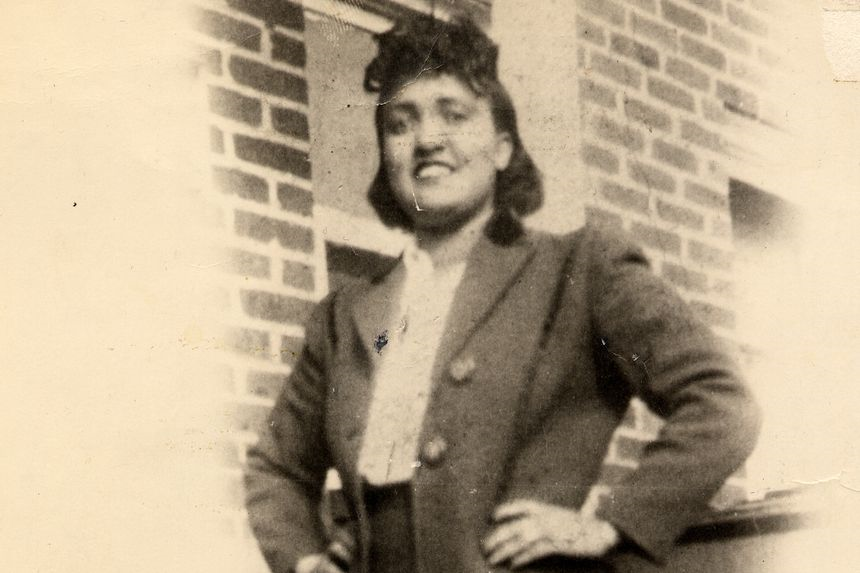Henrietta Lacks Lives On
By Lisa Nails | Referral Specialist
In 1951, Henrietta Lacks, a 31-year-old African-American woman and mother of five, went to Baltimore’s Johns Hopkins Hospital to be treated for what would later be determined cervical cancer. Some of the cancer cells obtained during a biopsy were, unknowingly to Mrs. Lacks, donated and used in research due to their unique ability to continuously grow and divide in the laboratory. These so-called “immortal” cells were later named “HeLa” after the first two letters of Henrietta Lacks’ first and last name. These cells began what was the first, and for many years the only human cell line able to reproduce indefinitely. Mrs. Lacks succumbed to cervical cancer in 1952, survived by family members who would not learn about the HeLa cells until the 1970s.
Since their discovery, HeLa cells have been a vital tool in biomedical research, leading to an increased understanding of the fundamentals of human health and disease. Research involving HeLa cells has generated more than 75,000 studies including several that have served as the underpinning of Nobel Prize winning discoveries.
HeLa cells were used to test polio vaccine that protects millions, provided the basis for AIDs and chemotherapy treatment, in-vitro fertilization, gene mapping, anti-cancer drugs and other medical discoveries.
If all the HeLa cells were put together, they would outweigh 100 Empire State buildings and could circle the equator three times. Before HeLa cells, scientists spent most of their time trying to keep cells alive outside the human body. The endless supply of HeLa cells freed up time for discovery. Today, HeLa cells remain a remarkably durable and prolific line of cells used in research around the world.
While Henrietta Lacks’ story has been known in the research community for some time, it raised further awareness after the publication of the best-selling book The Immortal Life of Henrietta Lacks (Crown, 2010) and award-winning film that was released under the same title in 2017.










